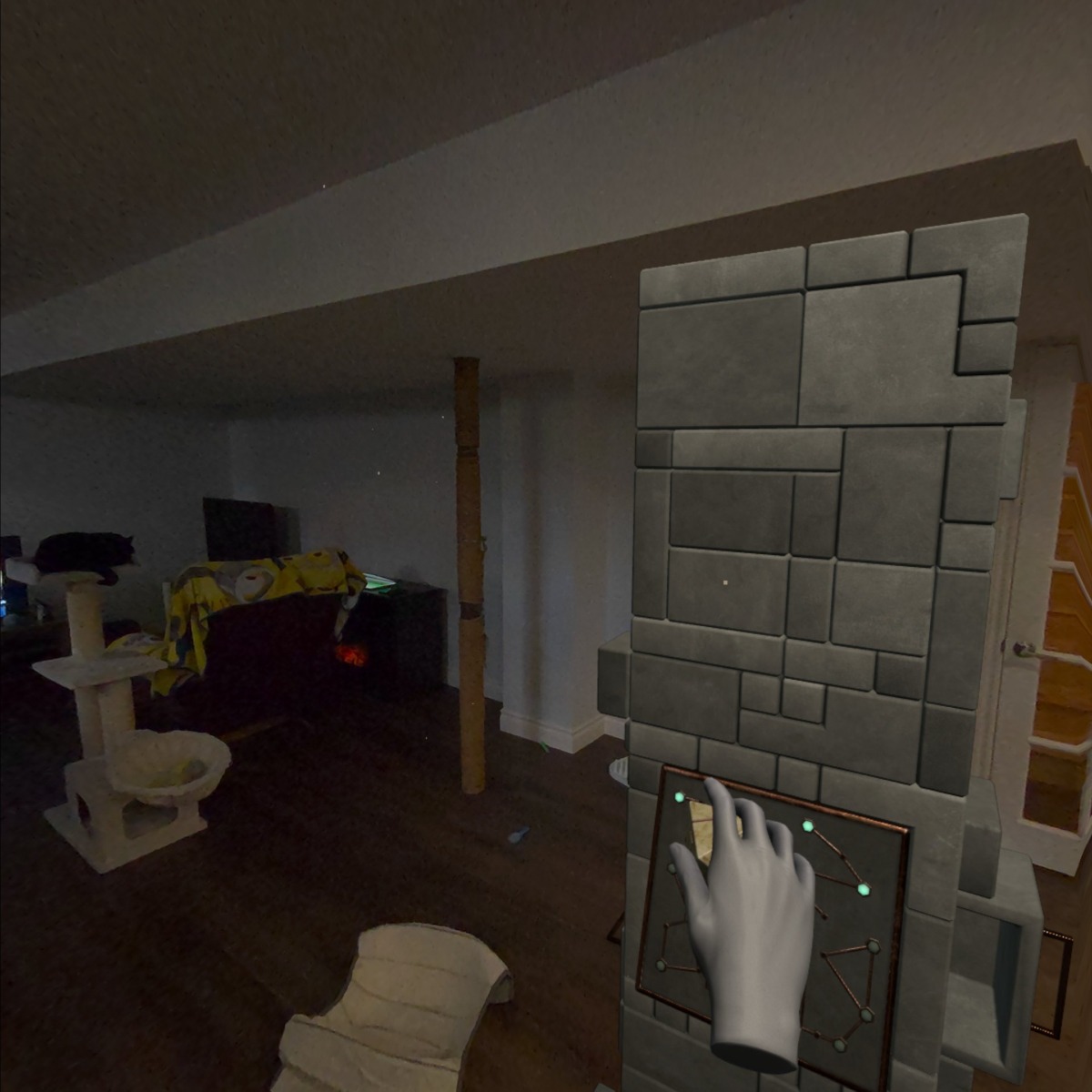A simple and engaging game that takes place in multiple realities.
A layered adventure awaits those who jump into The Infinite Inside.
The latest game from Maze Theory (Ancient Dungeon VR, Peaky Blinders: The King’s Ransom), takes virtual reality (VR) enthusiasts on a puzzling narrative adventure across numerous worlds.
The game was released July. 12, for the Quest series of headsets, along with PlayStation VR2 (PSVR2).
The Infinite Inside seamlessly mixes VR and mixed reality (MR), giving gamers a taste of what is possible with the technology at hand. In addition to the mix of reality modes, the game takes advantage of other technological assets like the Quest hand tracking.
In fact, this game seems like it was built with the Meta Quest headsets in mind, as it’s the only one that can take advantage of all intricacies.
The game kicks off in your own play space as a plinth appears out of the floor. Your task is to find the puzzle pieces hidden within and complete the tasks of the plinth before you can enter the VR world.
The MR aspect here allows you to move freely around your space as you piece together the puzzles in front of you.
Once you solve the plinth, your journey takes you inside as you step into a fully virtual world to continue the story.
While the game is simple in nature – and short with only five worlds to visit – it’s engaging nonetheless.
The game, however, is not perfect, with issues abounding depending on the way you play.
For starters, playing with hand tracking is always finicky, no matter the game. However, they seem to be pretty prevalent here – even if the game does still play well.
Some of the issues noted with playing with hand controls includes the watch on your hand not properly showing as if it’s melted into your skin – and the star patterns which track progress not always showing. It’s obvious that the headset cannot fully track hands which means that things aren’t lining up as they should.
Grabbing things also does not always work here, but that’s to be expected when the hand tracking is still in its infancy.
As well, because movement is not done by stick, but by naturally moving within your space – for the MR portions – and grabbing what can only be described as a teleportation ball.
The lack of natural movement is actually a little annoying, but it’s not going to make or break the experience on Quest – unless you really hate teleportation. This issue seems to affect PSVR2 players more as there’s no MR and very janky turning and movement implemented.
In fact, the majority of issues seem to stem from the PSVR2 version as it seems like a lazy port from Quest, which does not take advantage of better graphics and other things available on this headset.
Despite these issues, the game is a pretty decent success for a developer that has put out some stinkers in the past.
For the price – $14.99 on Quest and $17.49 on PSVR2 – the game is definitely worth a play… but maybe wait for the latter version to be improved before playing and judging it poorly.
As mentioned earlier, the best way to play this game is the Quest version as it takes advantage of so many more features, and shows gamers exactly what the tech can do.
The Infinite Inside, was reviewed after playing in early access and receiving a free upgrade from the developers.


